
6th July 2023 | Blog Posts
Headache. Nightmare. Recipe for disaster.
Everyone enjoys the benefits of a brand-new or beautifully-refurbished building. But the construction phase? Many people dread it. The dread may increase ten-fold if it’s a ‘live environment’ construction project, where the works will be going on while people are still living, learning or working in the building.
Rupert Perkins, Managing Director of John Perkins Construction, outlines how to make your next construction project tolerable and maybe even … enjoyable?
Every ‘live’ site is different. At John Perkins Construction, we’ve worked in cathedrals during the Christmas period, we’ve restored Scheduled Monuments, we’ve worked around inquisitive schoolchildren and anxious dogs and cats. We’ve worked in airports, hospitals, nurseries and student accommodation blocks. We’ve worked adjacent to the UK’s largest earthquake engineering lab, where unexpected tremors were definitely not wanted.

Rupert Perkins
Though every project comes with its own set of challenges, there are common threads that run through each one. This includes both the nitty-gritty logistics of how to minimise disruption, and the big-picture thinking about how the construction project could actually enrich your organisation.
Here are my four tips for anyone planning their next construction project in a ‘live’ environment:
1. Have the difficult conversations early
Whether the worries are big or small, minor or seemingly insurmountable, it’s best to address them head-on. Early engagement, where a client starts talking to a contractor (officially or unofficially) early in the planning process, can save a lot of headaches down the road.
By meeting the contractor team and getting to know them early, you can build up a level of trust with them. If budget is a sticking point, the contractor will often be able to suggest alternative solutions that maintain the integrity of the design without breaking the bank. If safeguarding issues are a concern, you may be surprised at how different modern contractors are, compared to the negative builder stereotype.
At Kingswood School, early engagement was what made a major repairs project feasible when a serious problem with the library and dining hall ceilings emerged.
2. Put in place strong safety precautions
When a site is ‘live’, with members of the public wandering near the work area, Health & Safety concerns are magnified. As well as securing everyone’s safety, ensuring people’s wellbeing, around a site with potential to generate dust and noise, is also vital.
How to do this?
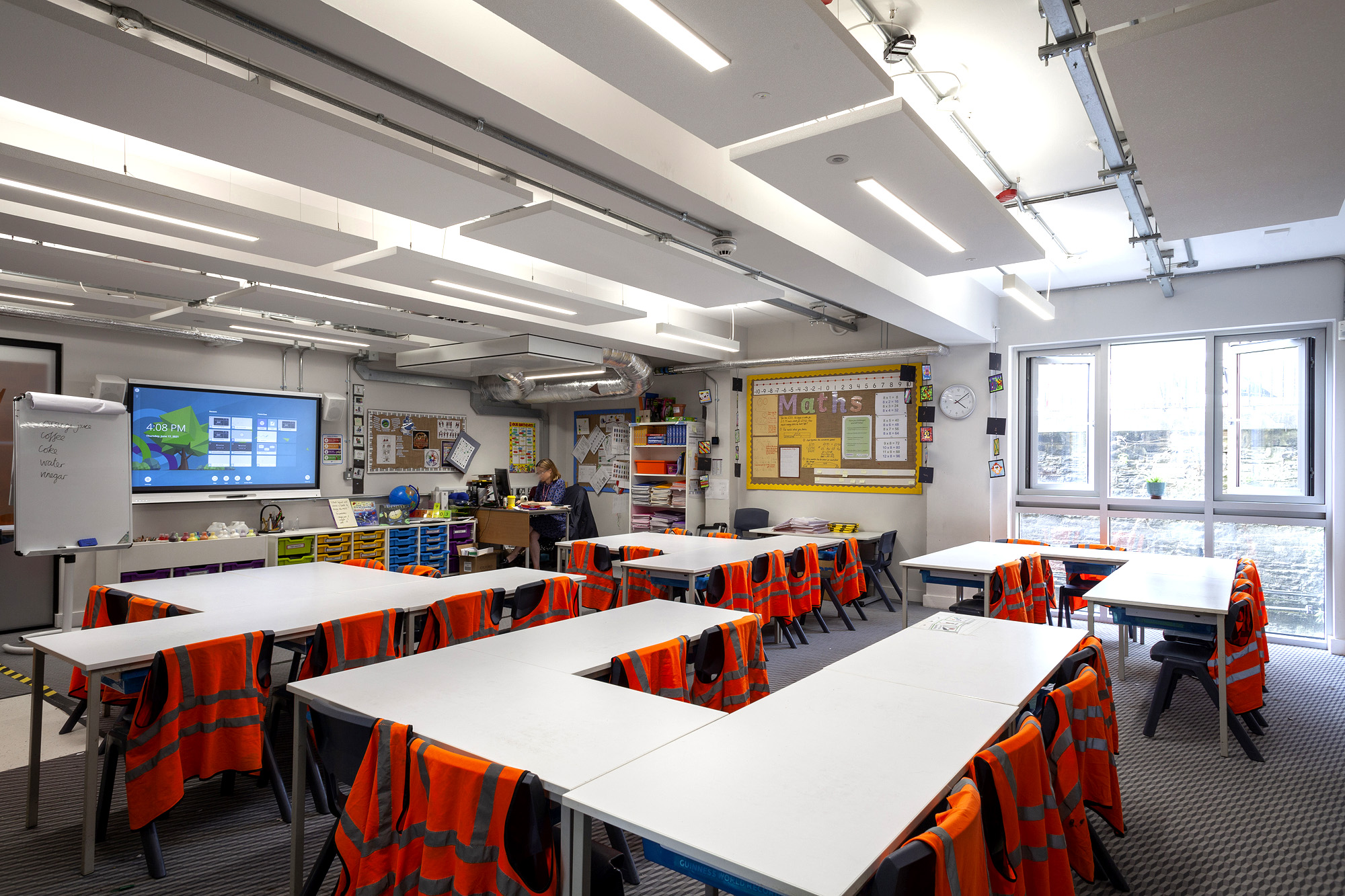
Cathedral Primary School
The refurbishment of Cathedral Primary School in Central Bristol provides a good example. There was a huge amount of careful logistics planning, and deliveries were scheduled to arrive outside of school-critical times. Site operatives used local parking, in order to minimise the number of vehicles bringing operatives to site, which also helped.
In terms of safeguarding, both the Site Manager and the Assistant Site Manager held enhanced DBS certificates. JPC introduced an ID-tagging system, with each site operative assigned red (not DBS-checked) or green (DBS-checked), ensuring everyone knew a red tag wearer should be escorted by a green tag wearer at all times while outside the segregated site area.
This, in addition to regular, close liaison with school staff, ensured the project ran smoothly and safely. Just one example of the initiatives JPC agreed with the client was a weekly look-ahead guide, to notify the staff in advance when to expect high, medium or low levels of noise.
3. Don’t be afraid to ask for change
Communication is at the heart of every successful construction project. Clients should never feel trapped in the status quo. If they need a change – different working patterns, more information about what’s going on, or even a complete alteration of the scheme – then that change should be accommodated if at all possible.
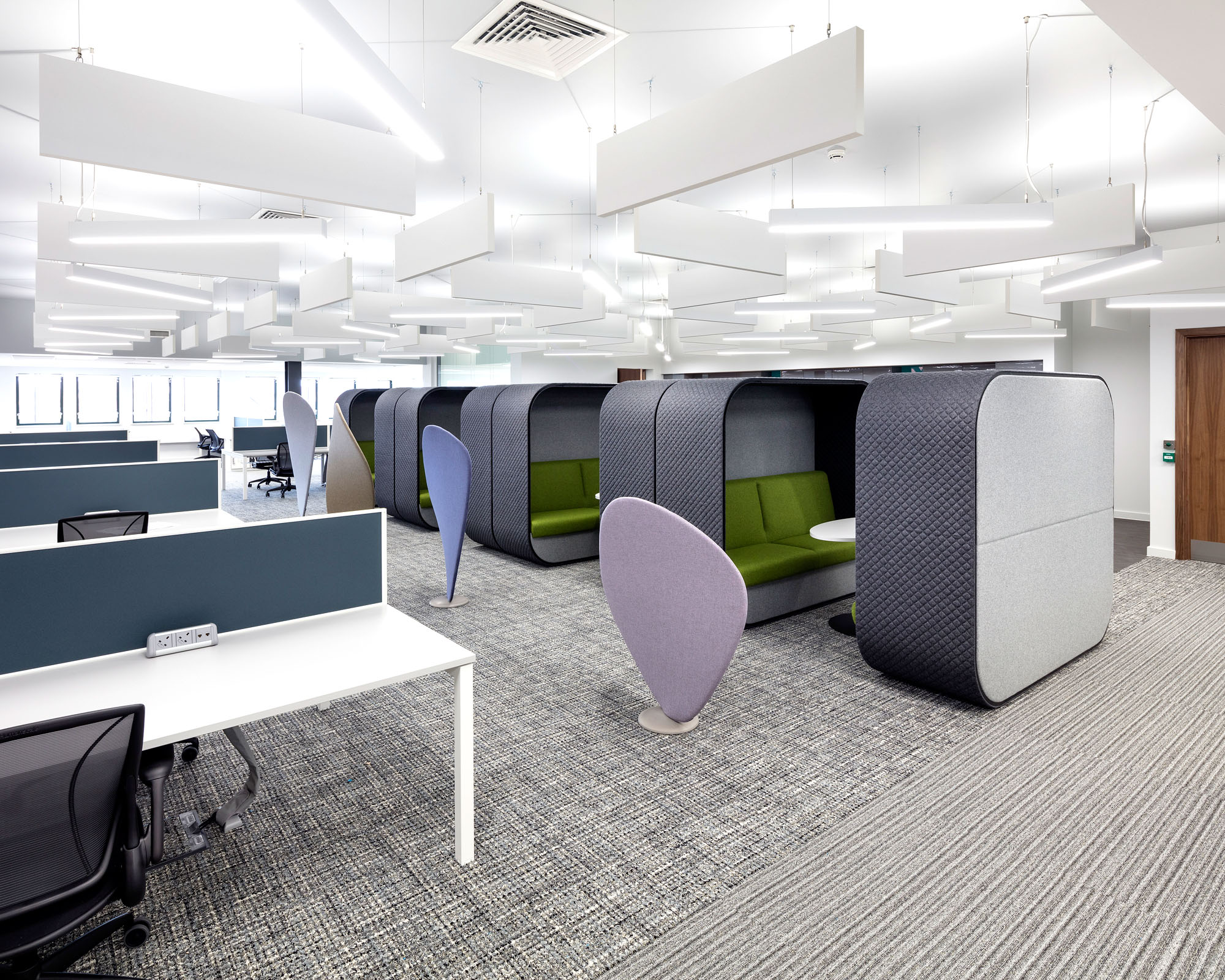
5 Tyndall Avenue
This is the reason JPC emphasises collaborative working. It’s inevitable that issues will arise during a construction project, but finding the right way to work through those issues makes all the difference.
Graham Hall, Senior Project Manager (Capital Projects Team), University of Bristol, praised JPC’s “collaborative process” during the refurbishment of 5 Tyndall Avenue. “Some good lateral thinking helped with our particular project and delivered a good finish,” he comments.
4. View it as an enriching experience
It’s easy to approach building works with the mindset of mitigating risk. However, a construction project really can be an enjoyable, enriching experience for the client and their stakeholders. It could be a way to further the development of your team, to help staff understand their building better, and to have input into the internal fit-out.
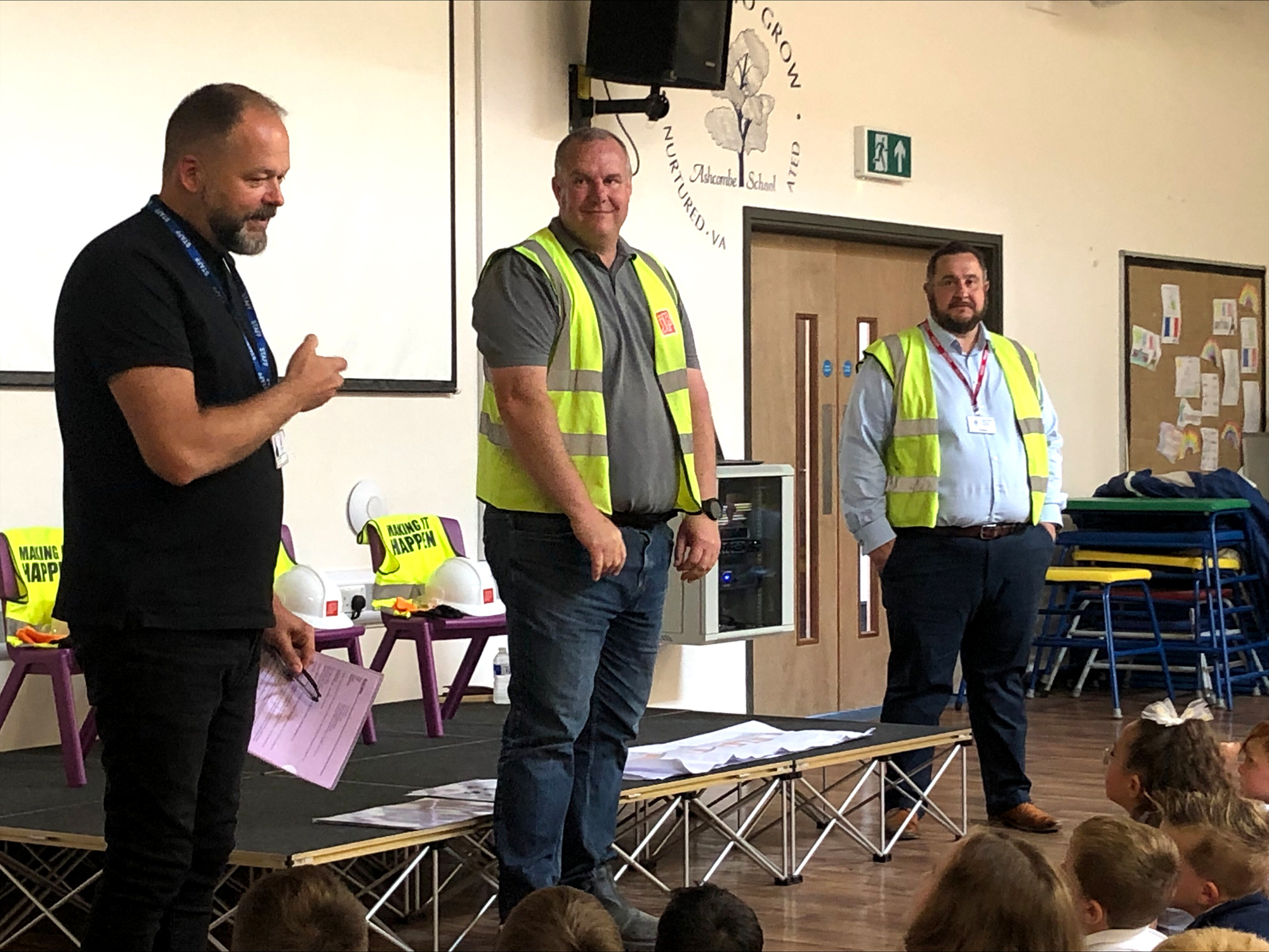
Ashcombe School assembly
Having the builders nearby can also lead to learning experiences for staff and, particularly, students, in the case of projects in the education sector. Providing work experience opportunities and supervised tours of the ongoing project are always popular, helping people to understand what construction looks like in the modern era.
At JPC, we’ve also found that ‘live’ environments in schools and colleges create a great opportunity for young people to connect with construction in a new way. At our current project to extend Ashcombe Primary School in Weston-super-Mare, our team spoke at school assemblies about the importance of safety around construction sites, and ran a competition for the children to design a safety poster.
The looming prospect of a construction project need not be a headache or a nightmare. By approaching it in a new way, you might even find it enjoyable.
Tags: corporate social responsibility, community engagement, Rupert Perkins, Our Approach, live environments
Share
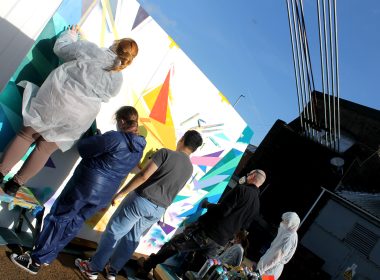
As the construction of a new visitor centre for Newport Transporter Bridge continues, the hoardings...
Read more
Managing Director of John Perkins Construction, Rupert Perkins has been appointed as an Independent Non-Executive...
Read more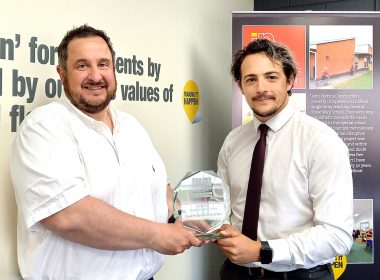
At the Construction Awards of Excellence 2020, a prestigious awards scheme that covers the whole...
Read more